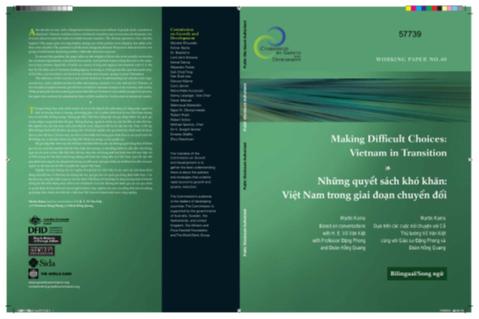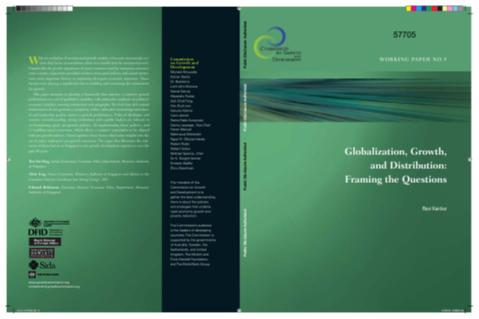Methane and nitrous oxide fluxes in annual and perennial land-use systems of the irrigated areas in the Aral Sea Basin
Land use and agricultural practices can result in important contributions to the global source strength of atmospheric nitrous oxide (N₂O) and methane (CH₄). However, knowledge of gas flux from irrigated agriculture is very limited. From April 2005 to October 2006, a study was conducted in the Aral Sea Basin, Uzbekistan, to quantify and compare emissions of N₂O and CH₄ in various annual and perennial land-use systems: irrigated cotton, winter wheat and rice crops, a poplar plantation and a natural Tugai (floodplain) forest.



